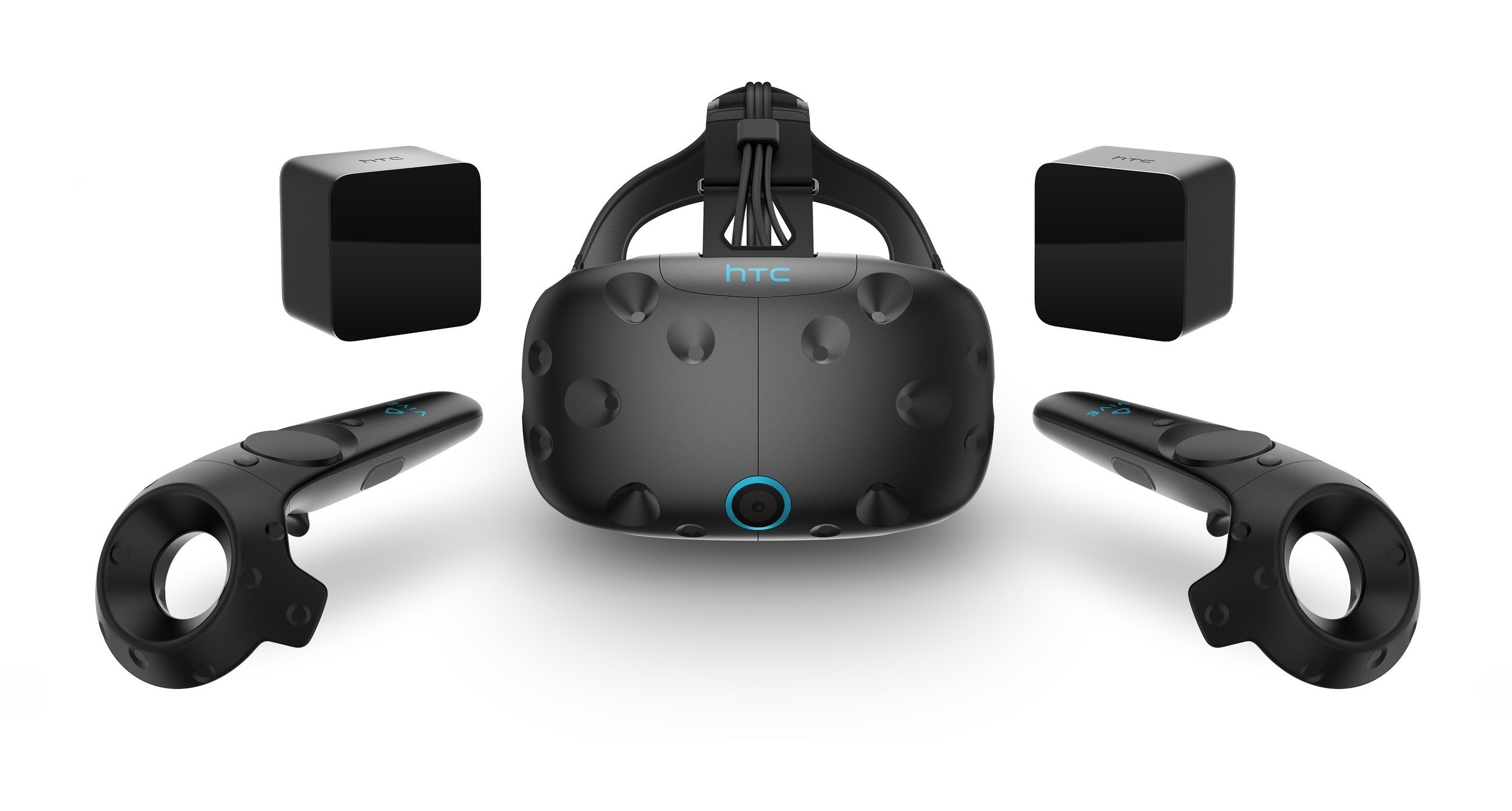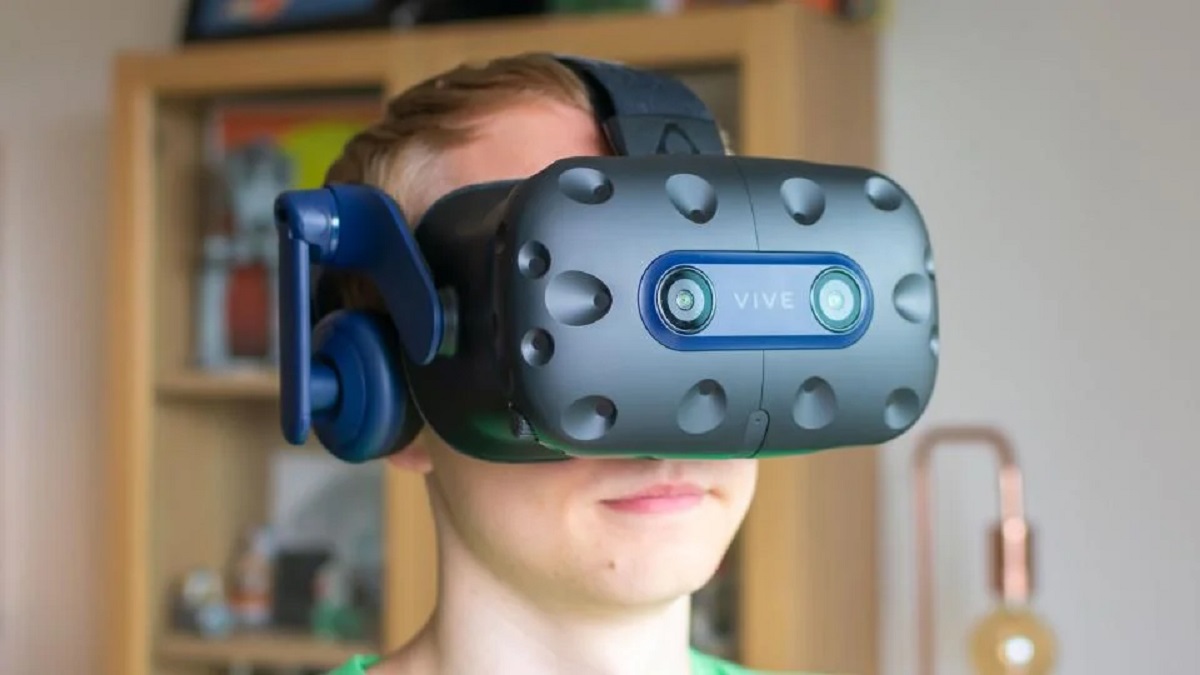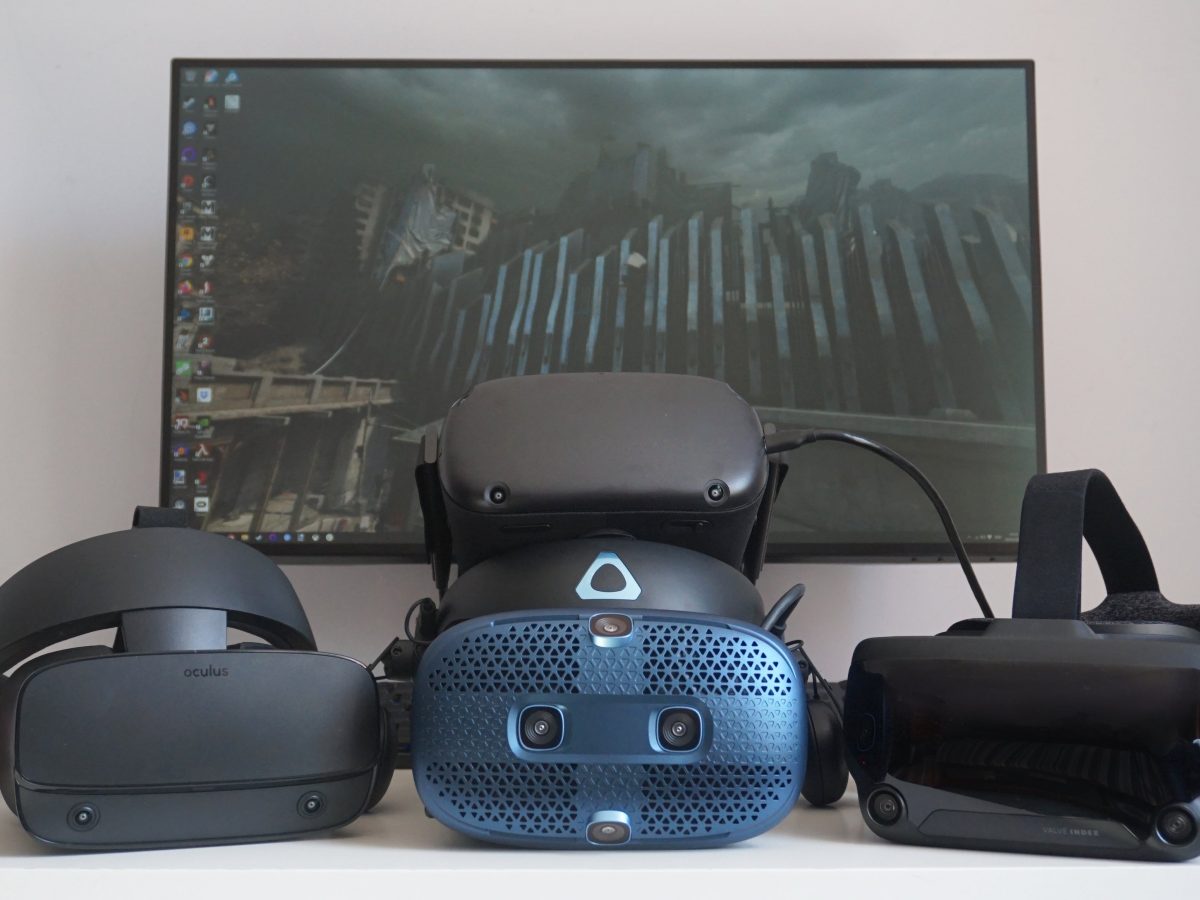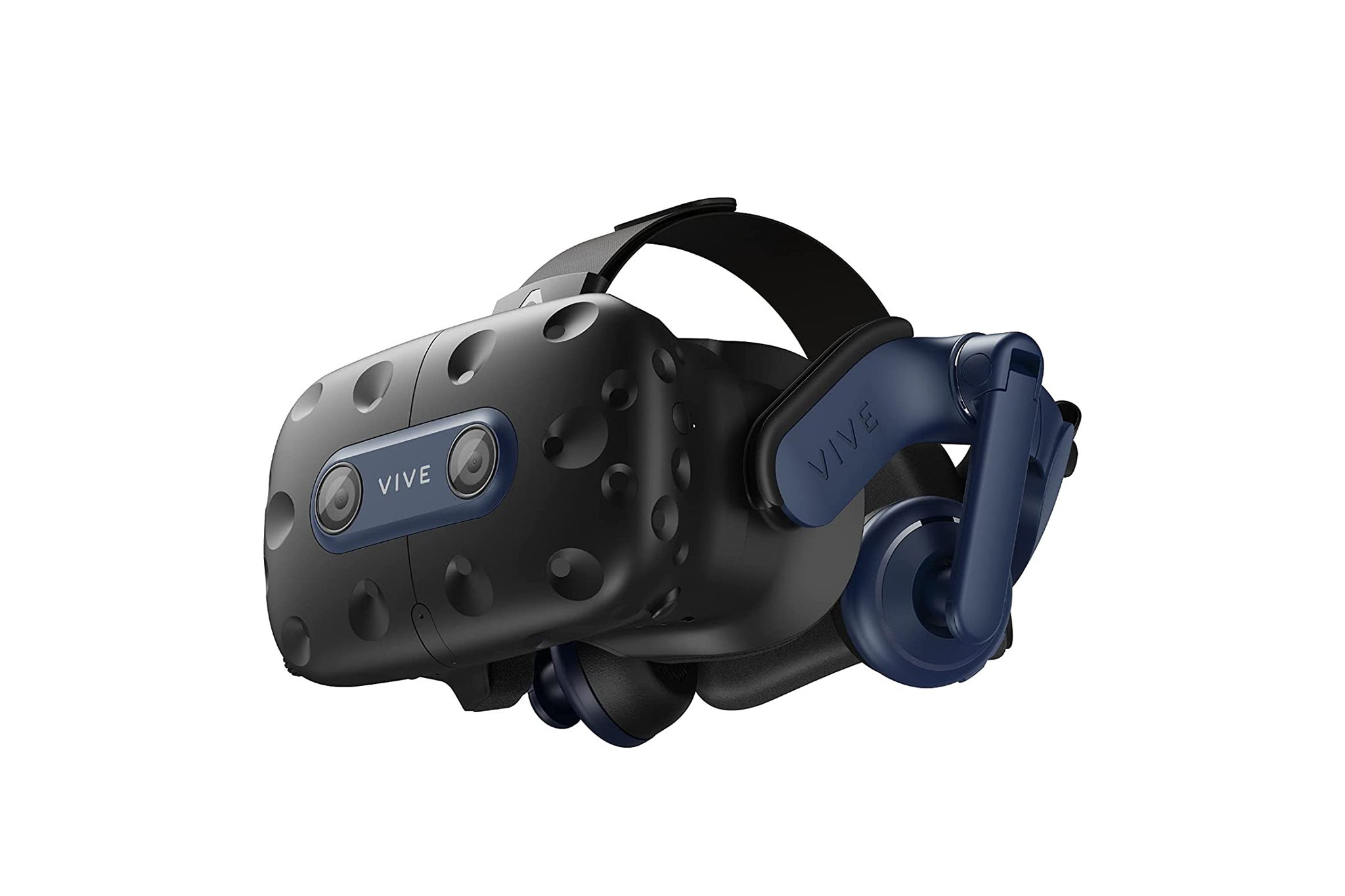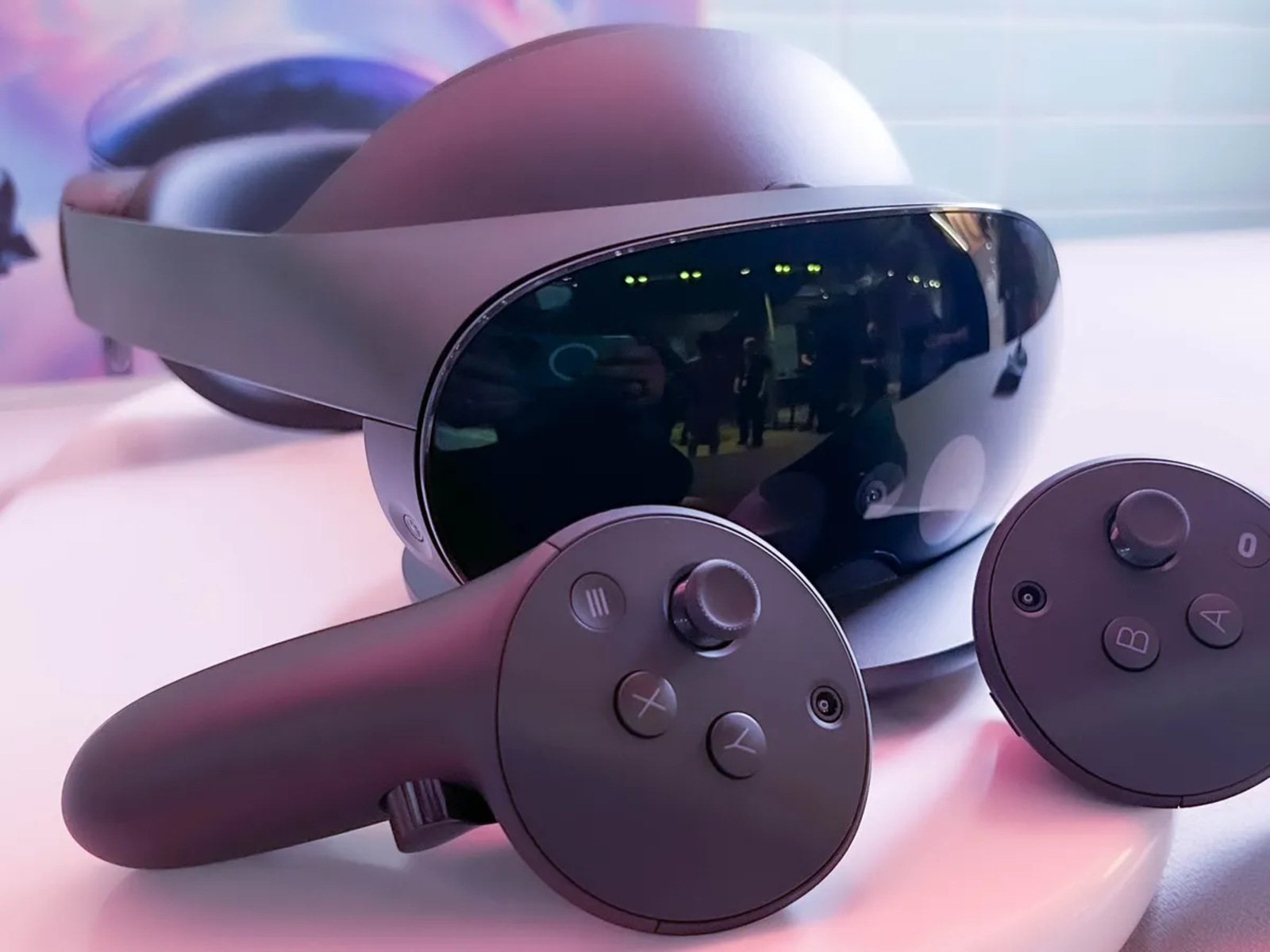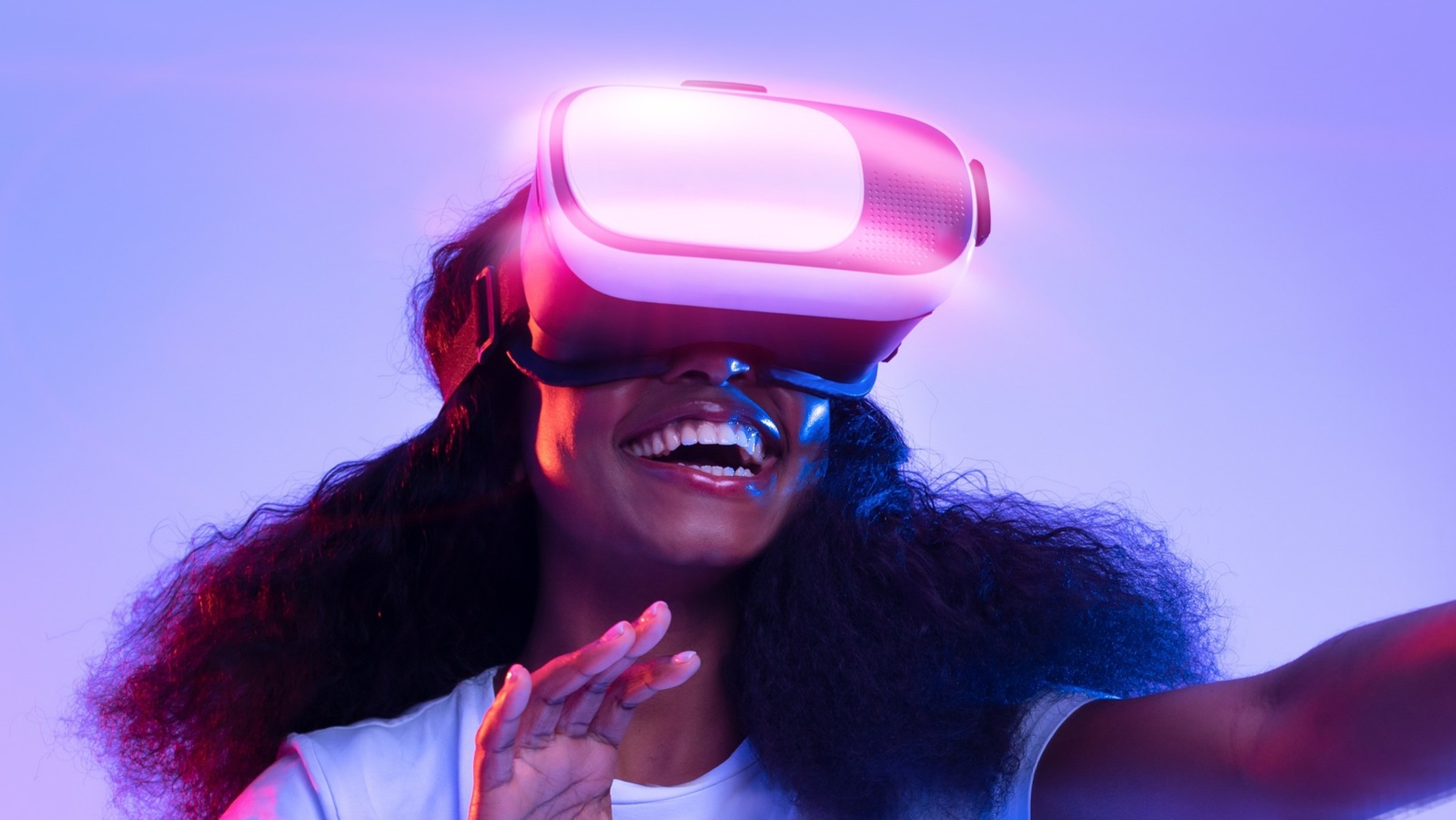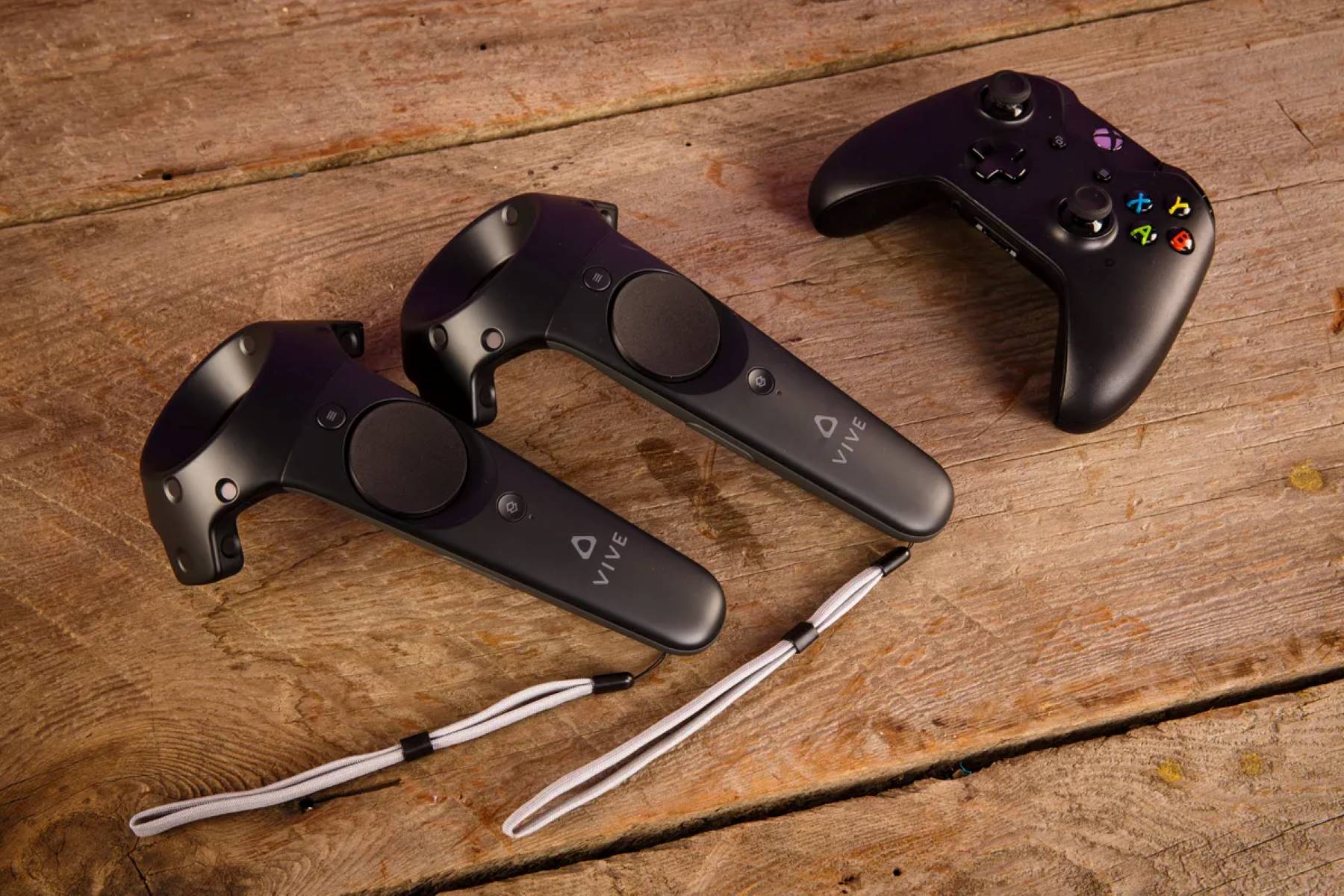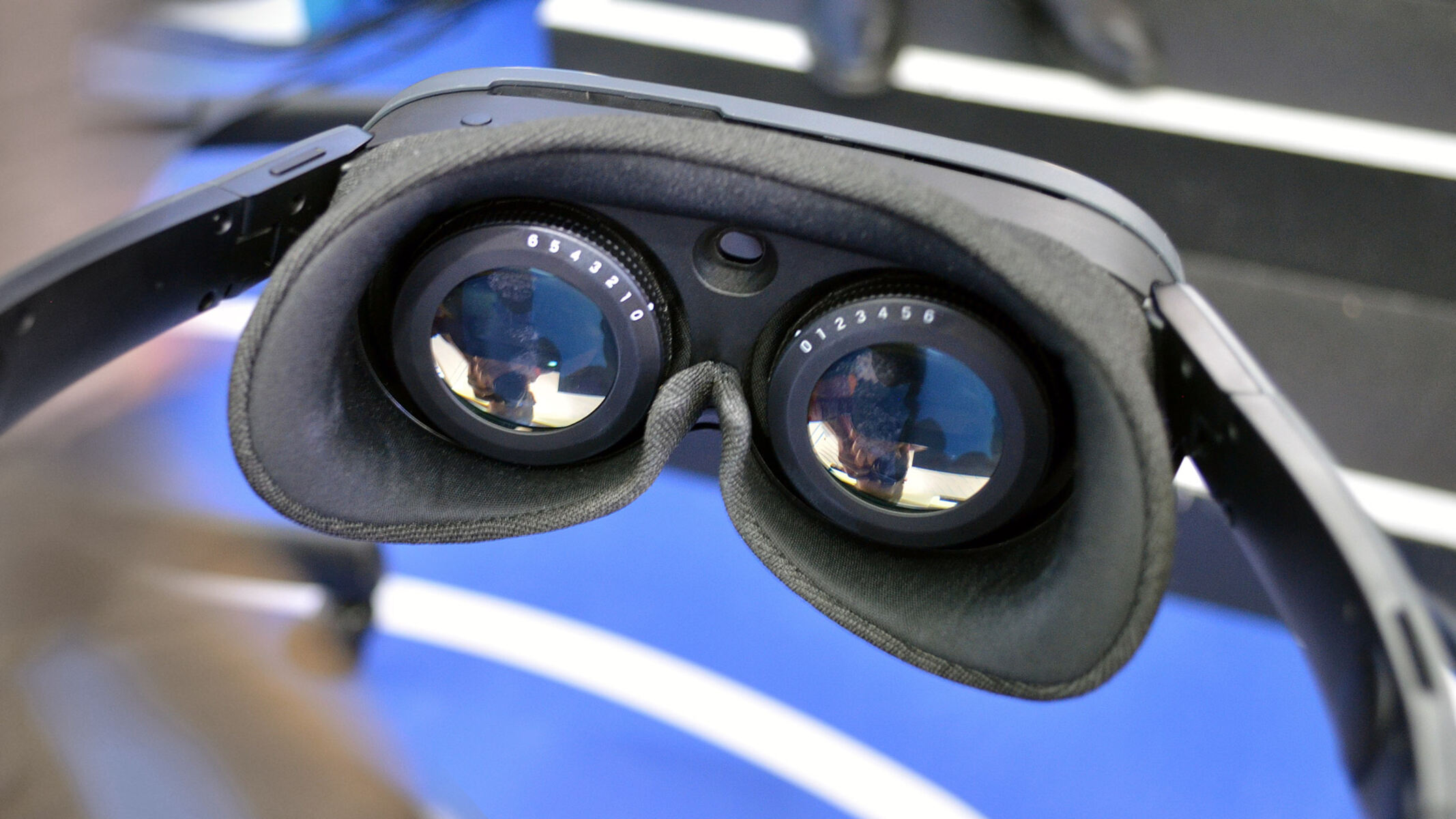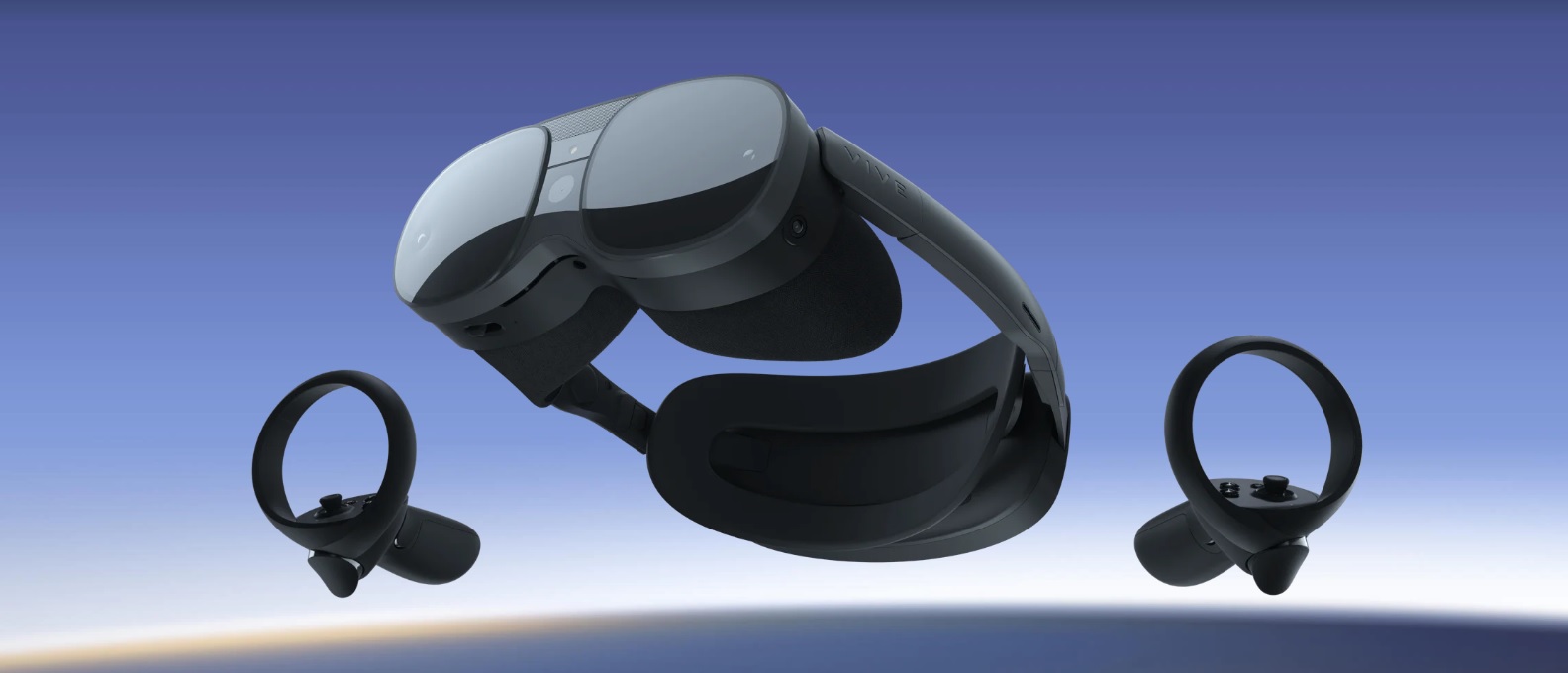A lot has changed at HTC in the past decade, and the company has undergone a significant transformation. While HTC still produces mid-range handsets for the Asian market, its mixed reality division now forms the “vast majority” of its global business. This shift has led to a substantial focus on enterprise offerings, marking a departure from its previous consumer-centric approach.
Key Takeaway
HTC Vive has undergone a significant transformation, with a strong shift towards enterprise solutions, marking a departure from its previous consumer-centric approach. The company’s early focus on gaming has evolved into a robust enterprise segment, with a particular emphasis on training applications and regulatory certifications.
The Shift to Enterprise
According to Dan O’Brien, the general manager of Vive, HTC’s focus has shifted significantly towards enterprise solutions, constituting approximately 70% of its business. This move was influenced by the company’s early distribution of headsets to developers, with a substantial portion allocated to enterprise developers. This strategic shift has allowed HTC to stay ahead of the curve, particularly in comparison to other players in the mixed reality space.
Early Focus on Gaming
HTC’s initial foray into mixed reality was heavily influenced by its partnership with Valve, with gaming being a key application on the consumer side. However, the company’s consumer division now pales in comparison to its enterprise segment, with Meta and Apple currently dominating the consumer headset market.
Challenges and Opportunities in the Enterprise Space
Despite the dominance of consumer-focused companies in the mixed reality space, HTC has recognized the potential of enterprise applications early on. The company has seen significant success in enterprise training applications and has received certifications for its headsets from regulatory bodies such as the FDA and FAA. Additionally, HTC has expanded its focus from VR to mixed reality, incorporating augmented reality technologies.
The Future of Wearables
According to Dan O’Brien, the future of wearables lies in headsets that can seamlessly transition between VR, mixed reality, and AR. This approach aligns with the industry’s progression towards mixed reality applications, enabling collaboration in physical spaces with digital overlays.







